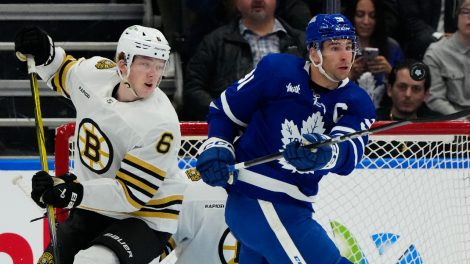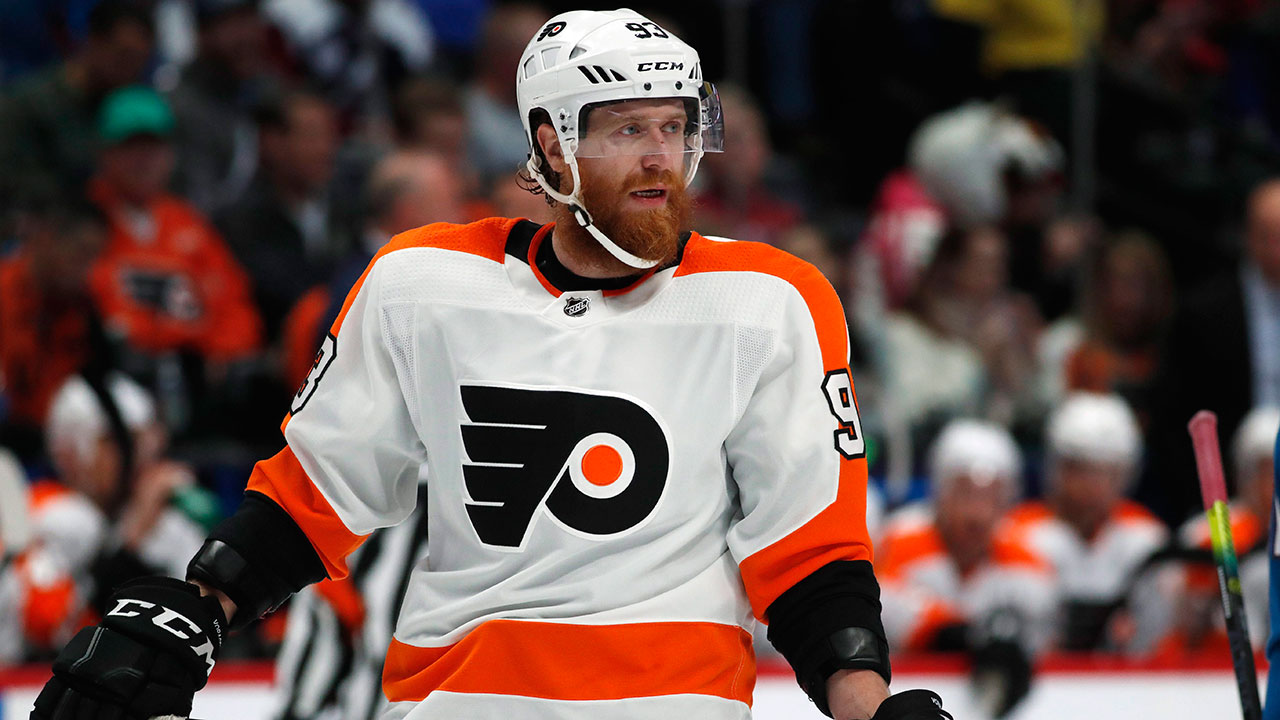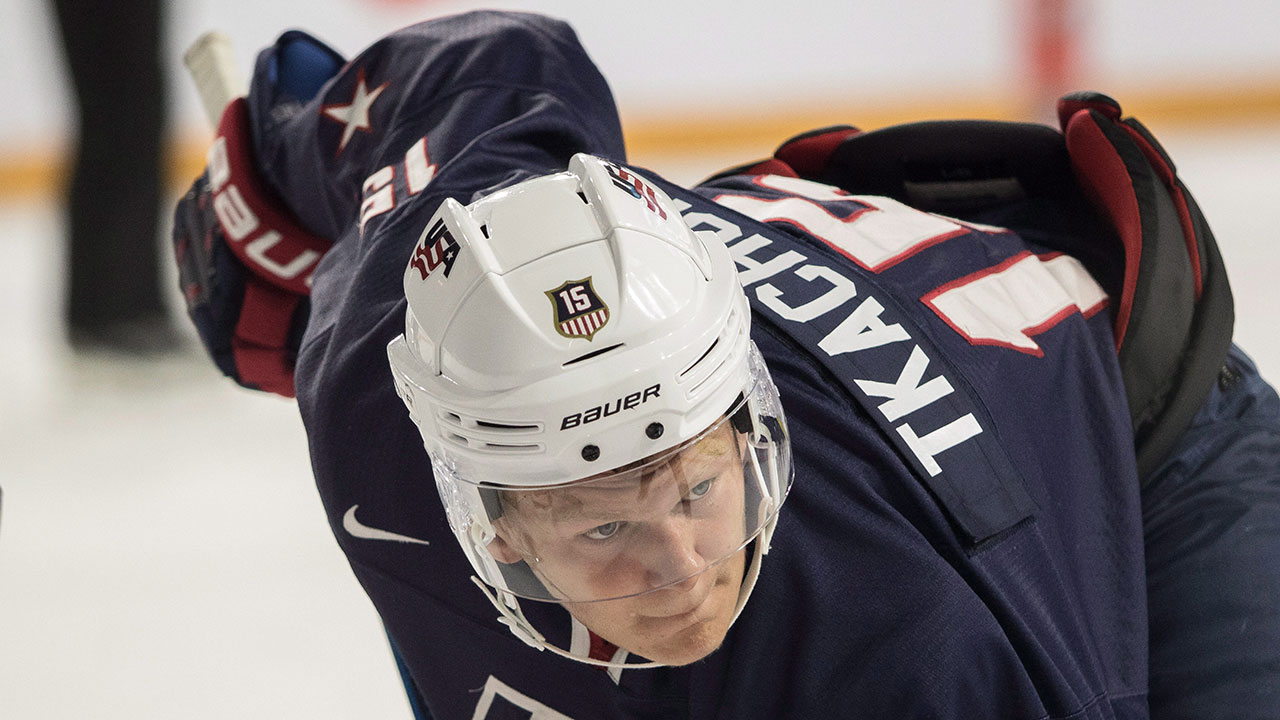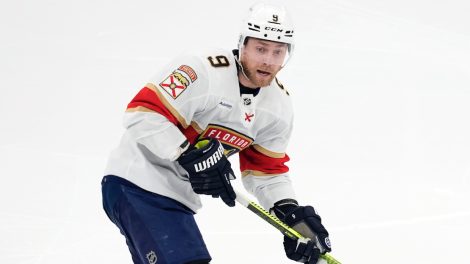It isn’t a question of whether or not you’re going to overpay to land a top player on July 1. It really comes down to, “by how much?”
On the first day of free agency, the Vancouver Canucks landed one of the three top-line calibre forwards available, signing Loui Eriksson to a six-year contract valued at $36 million. Six million per year for an ace two-way winger with the ability to score 30 goals isn’t a price that should cause anyone reasonable to recoil in sticker shock. That’s just the market price for a credible first-line piece in unrestricted free agency.
If the treasure the Canucks allocated to Eriksson on Friday isn’t an overpayment — and at the very least it isn’t a significant overpayment — then the term involved is a different story. Hockey at the NHL level is a young man’s game, perhaps now more than ever, and Eriksson will turn 31 before the puck drops on his first Canucks campaign.
Without going long on term, though, it’s likely that the Canucks wouldn’t have been the frontrunner to land Eriksson.
“I wanted to get five or six years,” the Swedish forward admitted on Friday, alluding to the fact that the Boston Bruins reportedly never offered him more than four. “I have a big family and I’ve worked really hard through all the years playing in the NHL.”
For a team intent on competing for a playoff spot, landing the player is better than not. But history, aging curves and recent experience suggests that long-term contracts for unrestricted free agents on the wrong side of 30 can – and often do – get dicey on the back end. In deciding whether or not to buy out the contracts of Chris Higgins and Alex Burrows, the Canucks spent the past week coping with precisely this issue.
Vancouver was desperate to add scoring from the wings, and they’re comfortable betting that Eriksson can beat the odds and remain effective into his mid- and late-30s.
“He always keeps himself in great shape,” Canucks general manager said of Eriksson on Friday. “He looks after himself.
“Maybe with other players that would’ve been more of a worry, but having known him in the past, I don’t think that’s something we have to worry about going forward.”
The Canucks aren’t just paying lip service when they insist that they were more comfortable committing long-term to Eriksson than they were to some of the brawnier options on their shopping list.
Taking on risk is an inherent part of shopping on the unrestricted free agent market, and while the Canucks have certainly taken on a decent helping in signing Eriksson, they’ve also added a superb piece to the to top of their lineup.
Eriksson has shown consistent production, good overall defensive utility and an ability to drive plays. (Ten of the 13 players with whom he’s spent at least 300 minutes at even-strength over the past three seasons have fared better by shot-attempt differential with Eriksson than without him.) Plus, as we’ve seen in international competition, his game has proven a nice complement for the Sedin twins. There’s a built-in familiarity between Eriksson and the Sedins, so much so that Daniel even played a role in pitching the unrestricted free agent on Vancouver and the Canucks organization.
“If you look through the years,” Benning said, “his history with the twins at the Olympics, at the World Championships, it seems like it works and they play well together. So we looked at that and it was a good fit.”
There’s always been a lot of chatter in the Vancouver market about what sort of linemate is best suited to playing with Henrik and Daniel. It was thought for years that they needed a right-handed shot — a notion that was dispelled when Alex Burrows, a left-handed defensive specialist, became a consistent 30-goal scorer on their right wing.
The key, really, is to be clever enough to find the soft areas on the cycle and to win enough battles to keep that cycle going. That’s partly why checking-type players like Burrows and Jannik Hansen have excelled in that spot, while the experiment with Radim Vrbata, a right-handed sniper, fizzled.
For a variety of reasons, Eriksson has the attributes that might make him a uniquely good fit on Vancouver’s top line.
Last season the 30-year-old winger was the fourth best among all Bruins forwards at recovering loose pucks in the offensive zone, behind Patrice Bergeron, Brad Marchand and David Pastrnak, according to Sportlogiq. Among Canucks forwards, only Jake Virtanen and Daniel Sedin have a better record by this metric.
Eriksson’s overall hockey sense and his abilities on the cycle are genuinely elite. He posted the third highest passing success rate in the offensive zone among all NHL forwards last season, behind ace playmakers Aleksander Barkov and Anze Kopitar, based on Sportlogiq’s tracking data.
That’s not to say that it’s a given that Eriksson will play with the twins every night. He didn’t insist on occupying that plum role during contract negotiations, and his overall versatility makes him an option for any of Vancouver’s evenly-deployed top three forward lines.
“He’s a versatile player and he’ll kill penalties,” Benning said. “He’ll be on our first power play, he can play left or right wing and he can play with all different types of players.”
Short-term, there should be no doubt that Eriksson makes the Canucks a more potent offensive team and a more formidable opponent overall. Whether he can sustain that level of play throughout the life of his deal, well, that’s the $36 million question.









